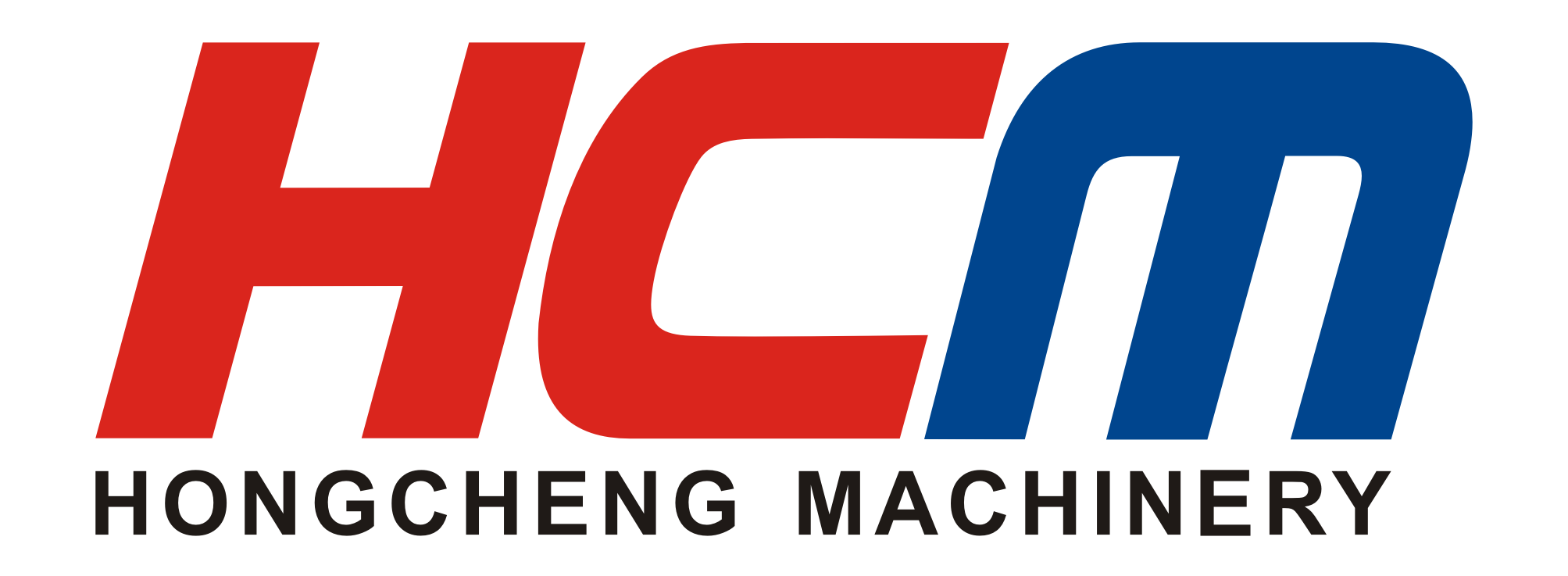
- all
- product
- blog
- all
- product
- blog
coal processing
- 2022-01-13 15:37
- HCM
What is coal
Coal, referred to as coal, is the remains of ancient plants, buried under the stratum, and the carbonized fossil minerals produced by the action of the earth's crust isolated from the pressure and temperature of the air, black solid minerals composed of carbon, hydrogen, oxygen, nitrogen and other elements, mainly Mined by humans for fuel. At present, the proven coal reserves are more than 63 times the oil reserves. Coal is known as black gold, food for industry, and it is one of the main energy sources used by the human world since the 18th century. Coal was widely used as fuel for industrial production, which started from the industrial revolution at the end of the 18th century. With the invention and use of steam engines, coal was widely used as fuel for industrial production, bringing huge productivity to society.
Uses of coal
Coal is divided into ten categories. Generally, meagre coal, coking coal, rich coal, gas coal, weakly caking coal, non-caking coal, long-flame coal, etc. are collectively referred to as bituminous coal, lean coal is called semi-anthracite coal, called lignite.
Coal classification table (mainly coking coal)
Type |
Anthracite |
Lean coal |
Meagre coal |
Coking coal |
Rich coal |
Gas coal |
Weakly caking coal |
Non- caking coal |
Long- flame coal |
Lignite |
Volatile |
0-10 |
>10-20 |
>14-20 |
14-30 |
26-37 |
>30 |
>20-37 |
>20-37 |
>37 |
>40 |
|
Coke Residue Characteristics |
- |
0 (powder) |
0 (block) 8-20 |
12-25 |
12-25 |
9-25 |
0 (block)-9 |
0 (powder) |
0-5 |
- |
Lignite:
Most of them are blocky, dark brown, dark in luster, loose in texture; contain about 40% volatile matter, low ignition point, easy to catch fire, generally used in gasification, liquefaction industry, power boilers, etc.
Bituminous coal:
Generally granular, small block, and powder, mostly black and shiny, fine texture, containing more than 30% volatile matter, not too high ignition point, easy to ignite; most bituminous coal is sticky and easy to slag when burning . Used in coking, coal blending, power boilers and gasification industries.
Anthracite:
There are two kinds of powder and small pieces, black with metallic luster and shiny. Less impurities, compact texture, high fixed carbon content, up to more than 80%; low volatile content, below 10%, high ignition point, not easy to catch fire. It should be mixed with an appropriate amount of coal for burning to reduce the fire intensity. Can be used to make gas or directly used as fuel.

Coal pulverizing process
For coal grinding, it is mainly based on its Hastelloy grindability coefficient. For larger coefficient, it’s better to grind (≥65), if smaller, that harder to grind (55-60).
Coal pulverizing host selection scheme
200 mesh, D80-D90 |
Raymond mill |
HC1700 and HC2000 large pendulum mills for low investment and high output production. |
Vertical grinding mill |
Large-scale production, the competitiveness of vertical mills above HLM1700 is obvious. |
Remarks: ① Select the host according to the output and fineness requirements;
② Main use: thermal coal powder
1. Crushing
The coal bulk material is crushed by the crusher to the fineness (15mm-50mm) that can enter the mill.
2. Drying and grinding
1. The crushed pulverized coal with low moisture content is sent to the storage hopper through the elevator, and then sent to the grinding chamber of the mill evenly and quantitatively through the feeder for grinding. The mill is treated with hot air to achieve drying in the mill and save drying costs.
2. For materials with high moisture content, the coal mine is first dried with a dryer in the first stage of grinding, and the dried raw materials are then fed into the mill for grinding.
3. Classifying
The pulverized materials are classified by the classification system, and the unqualified powders are classified by the classifier and then returned to the main engine for re-grinding.
4. Collection
The powder that meets the fineness enters the dust collector through the pipeline with the air flow for separation and collection, and the collected finished powder is sent to the finished product silo by the conveying device through the discharge port, and then uniformly packed by a powder tanker or an automatic baler.
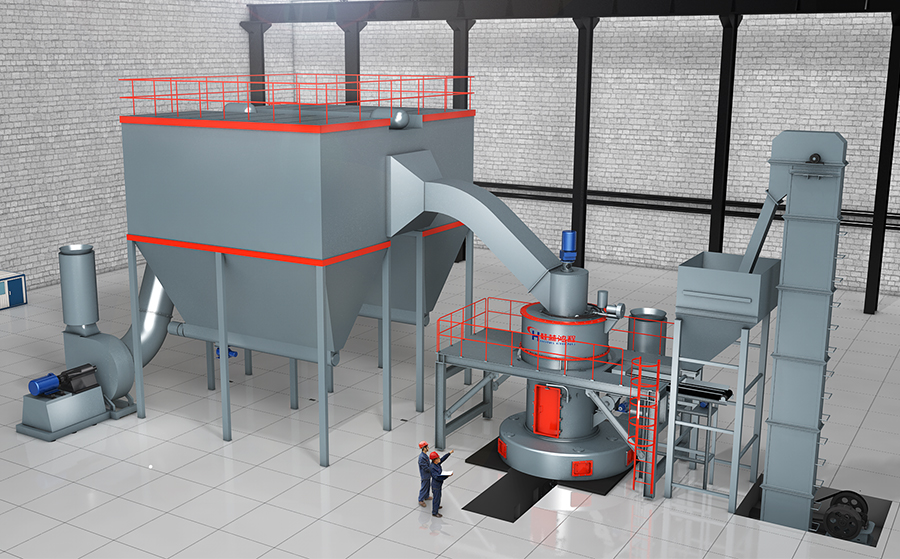
Analysis of various mills
1. Pendulum mill (HC, HCQ series coal mill):
The investment cost is low, the output is high, the energy consumption is low, the equipment is stable, and the noise is low; the fly in the ointment is that the operation and maintenance cost is higher than that of the vertical mill.
HC series grinding output (200 mesh D90)
Model |
HC1300 |
HC1700 |
HC2000 |
Output (t/h) |
3-5 |
8-12 |
15-20 |
Main mill (kw) |
90 |
160 |
315 |
Blower (kw) |
90 |
160 |
315 |
Classifier (kw) |
15 |
22 |
75 |
Remarks (main configuration):
① For lignite and long flame coal with high volatility, the open circuit system of Hongcheng patented technology is adopted.
② The vertical pendulum structure plum blossom stand adopts the sleeve structure for better effect.
③ The system is designed with explosion-proof device.
④ The dust collector and pipeline design should try to avoid the dead corner of powder accumulation.
⑤ Powder conveying system It is recommended that customers use gas conveying, and conditionally increase nitrogen conveying and nitric oxide detection system.
2. Vertical coal mill (HLM vertical coal mill):
High output, large-scale production, low maintenance rate, high degree of automation, mature ventilation and hot air technology. The disadvantage is that the investment cost is high and the floor space is large.
Specifications and technical parameters of HLM vertical coal mill (metallurgical industry)
Model |
HLM1300MF |
HLM1500MF |
HLM1700MF |
HLM1900MF |
HLM2200MF |
HLM2400MF |
HLM2800MF |
|
Output (t/h) |
13-17 | 18-22 | 22-30 | 30-40 | 40-50 | 50-70 | 70-100 |
|
Raw material moisture |
≤15% | ||||||
|
Powder fineness |
80% pass rate |
||||||
|
Powder moisture |
≤1% | ||||||
|
Main mill power (kw) |
160 | 250 | 315 | 400 | 500 | 630 | 800 |
Classic case of coal milling
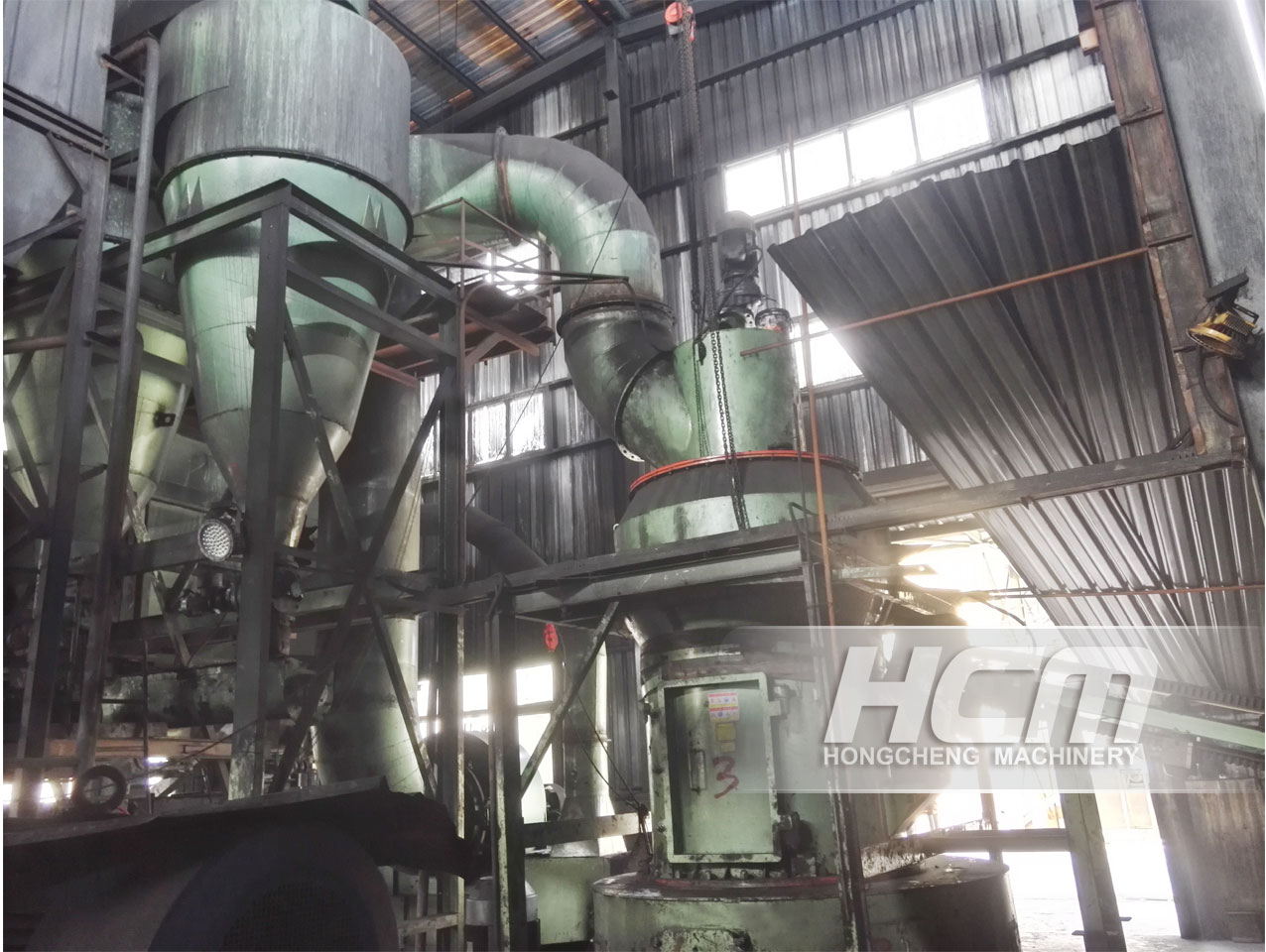
Model: 3 sets of HC1700 with open-circuit system
Processing raw material: Anthracite
Finished product fineness: 200 mesh D92
Equipment output: 8-12 t/h
Since 2009, the Chinese Academy of Coal Science has been a strategic partner of Hongcheng, a strong alliance. The pulverized coal projects of coal-fired boilers all use Hongcheng's pulverizers for system matching. Over the years, Hongcheng and the Coal Academy of Sciences have cooperated sincerely, and the pulverized coal pulverizing projects have spread all over the country's major coal producing areas. This project adopts three sets of HC1700 open-circuit system Raymond mill, which is specially designed for grinding pulverized coal.
About us
HCM Grinding Mill,Raymond Grinding Mill, Vertical Grinding Mill, Ultrafine Grinding Mill.
Grinding Machine
latest Post
-
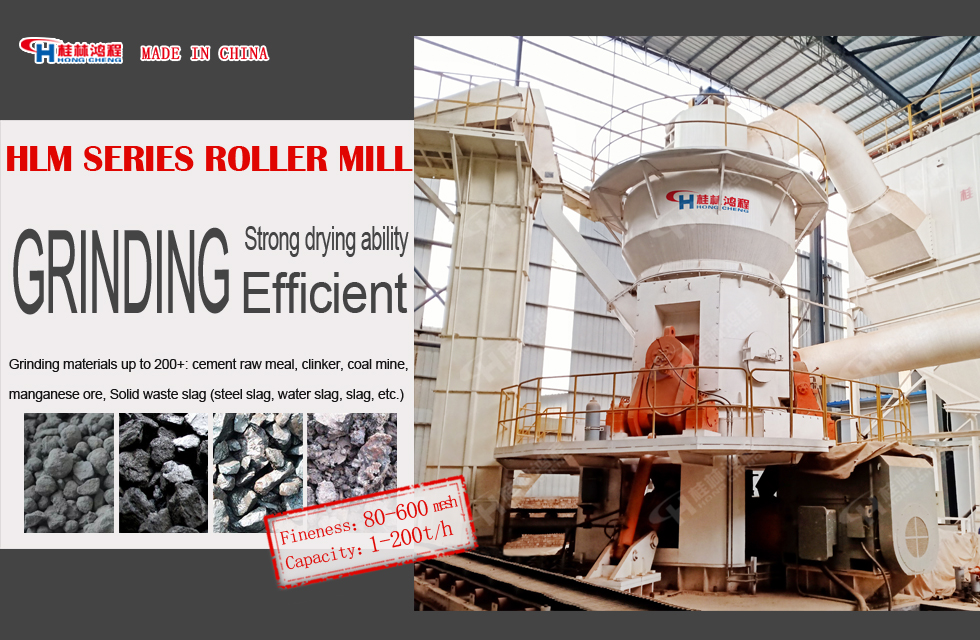
Application prospect of vertical pulverizer for solid waste treatment under the green development
2023-02-04 17:26
-

Superfine water slag powder instead of cement to make high value-added building materials
2023-02-04 16:48
-
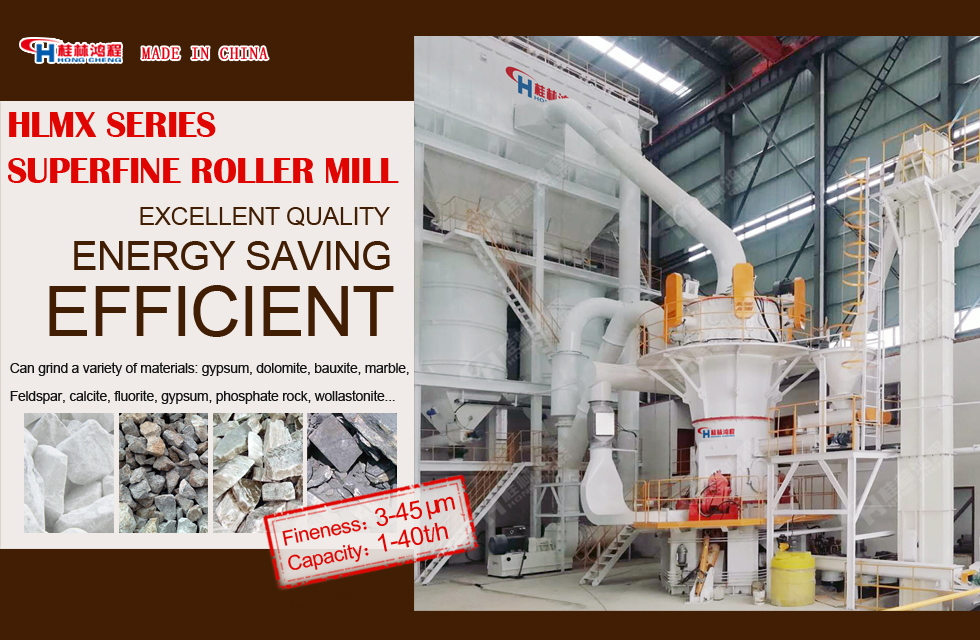
The white paper on the development of China's anode material industry (2023) has been released
2023-02-03 17:13
-
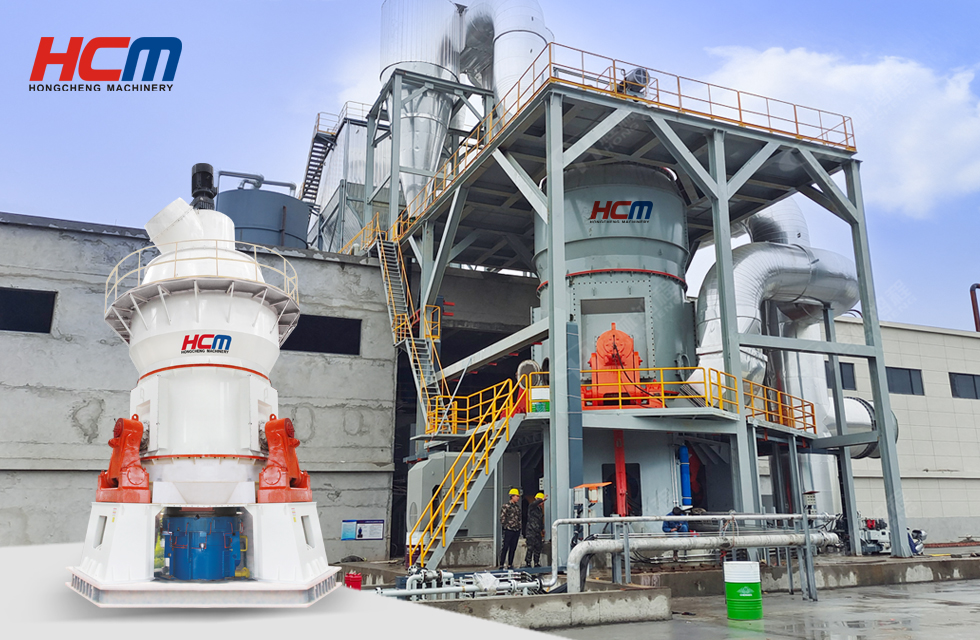
Guilin Hongcheng works with you to protect the green future
2022-05-13 15:43
-
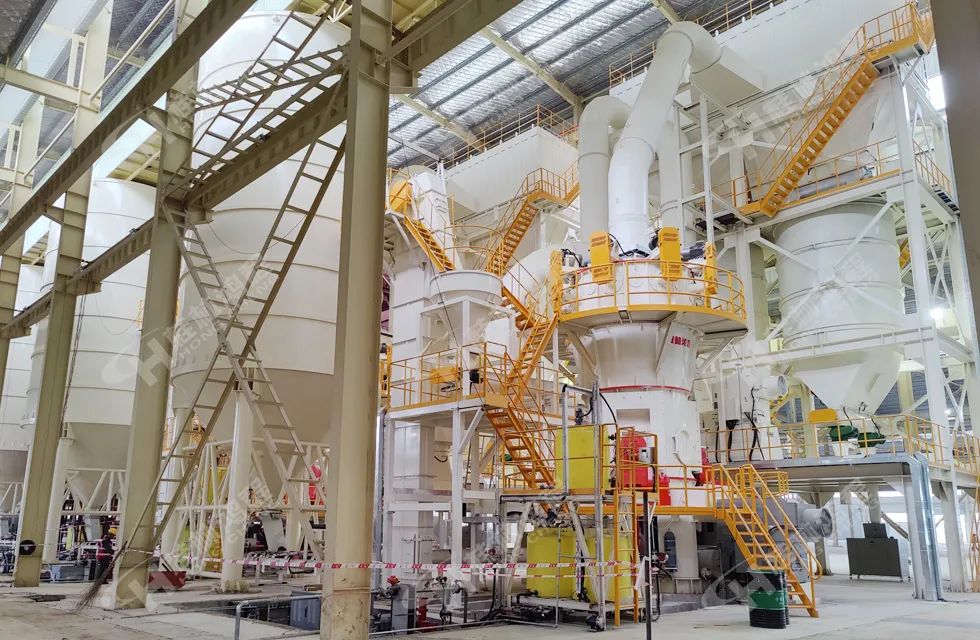
HLMX1700 Superfine Roller mill case-High-end calcium carbonate powder project with an annual output
2022-04-01 13:52
-
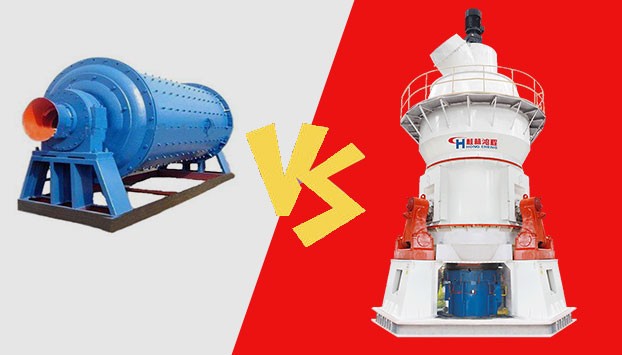
Comparison of advantages and disadvantages of ball mill and vertical mill
2022-01-20 15:33
-

The optimal reuse of construction waste resources has become a hot project
2022-01-20 13:47
-
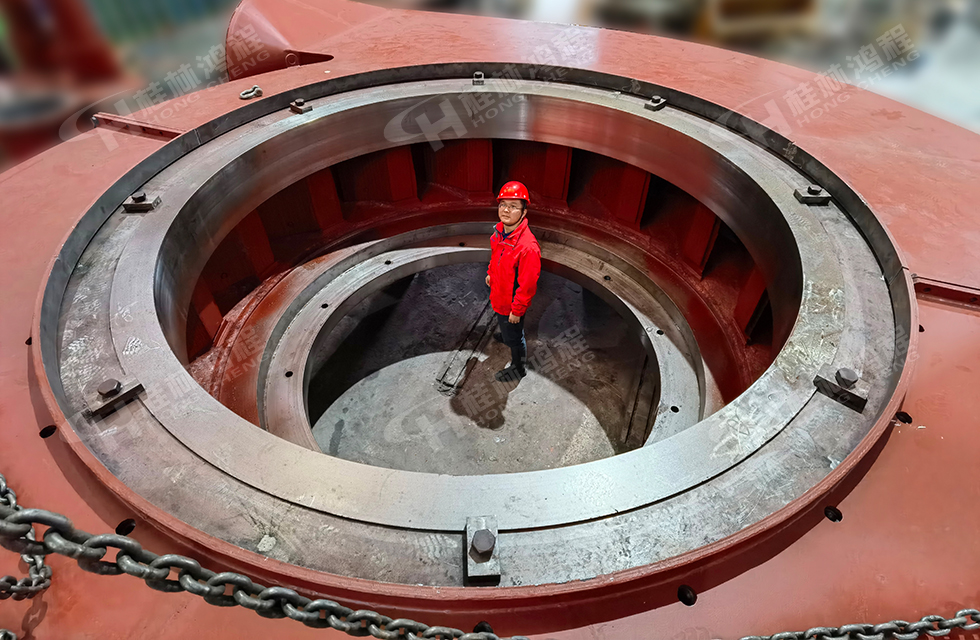
Super large Raymond mill
2021-12-23 14:27
-
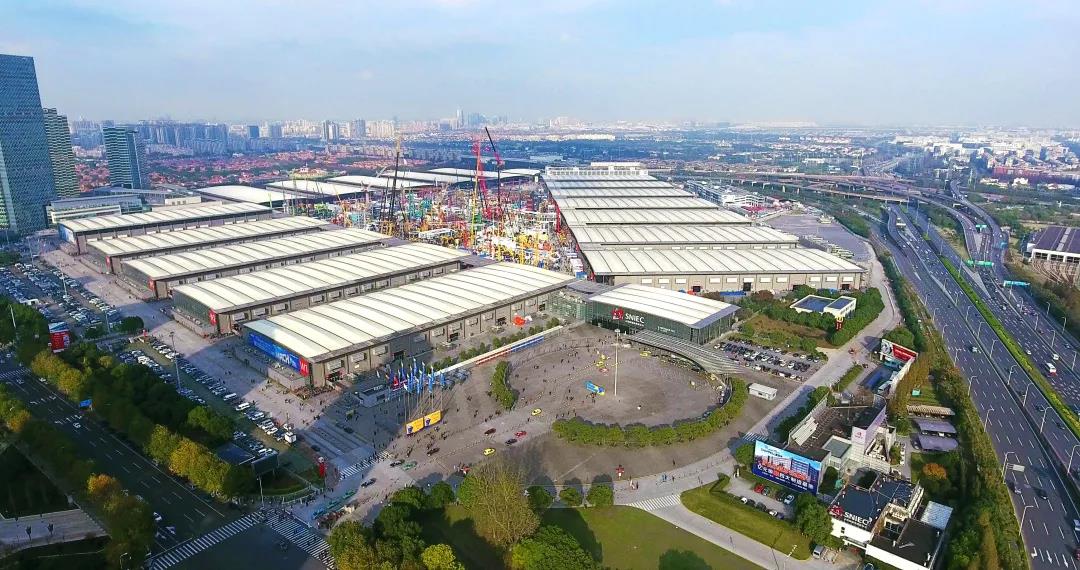
Guilin Hongcheng invites you to follow Bauma China 2020
2020-11-02 16:09
-
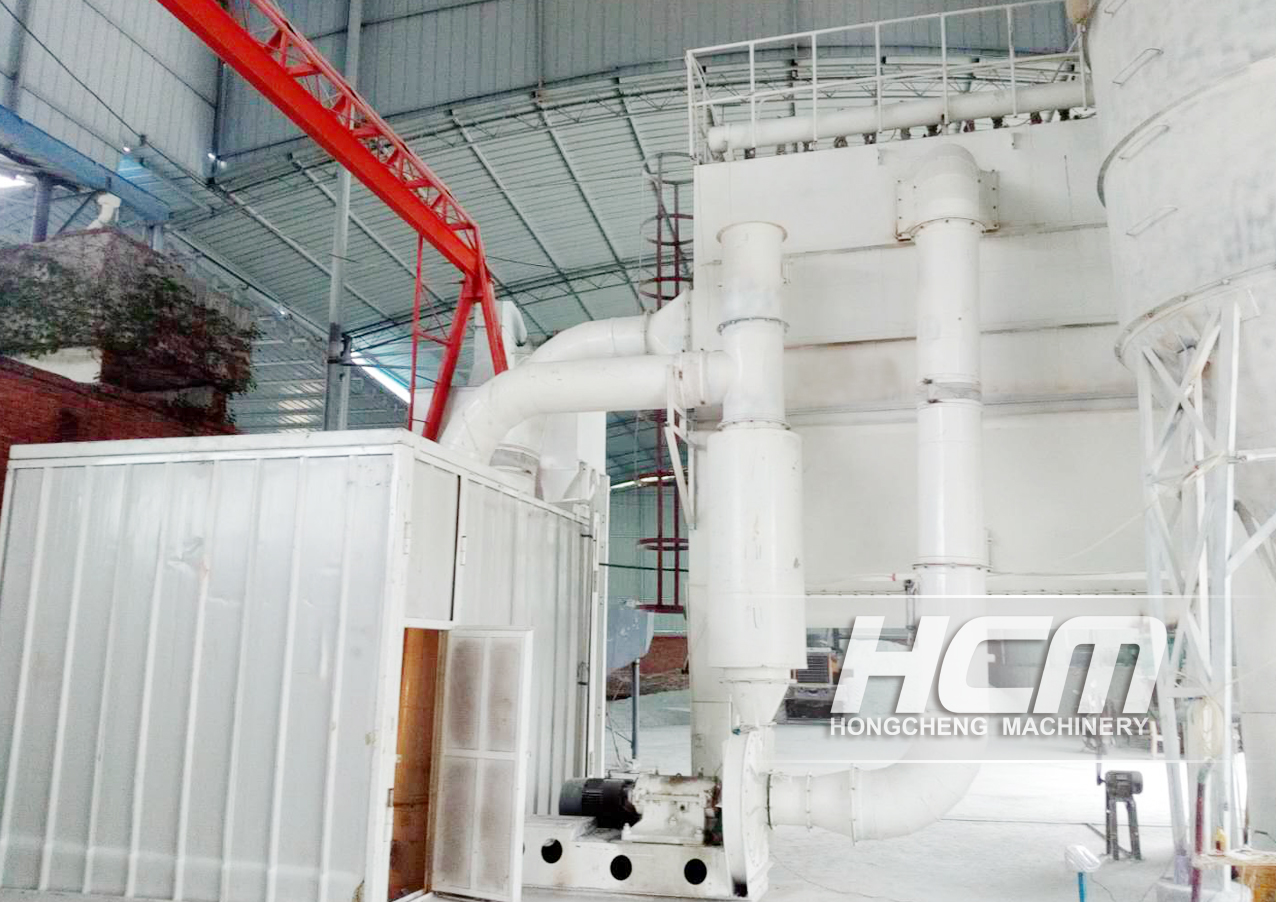
Let’s to learn about the grinding mill manufacturer - Guilin Hongcheng
2020-09-07 15:07
